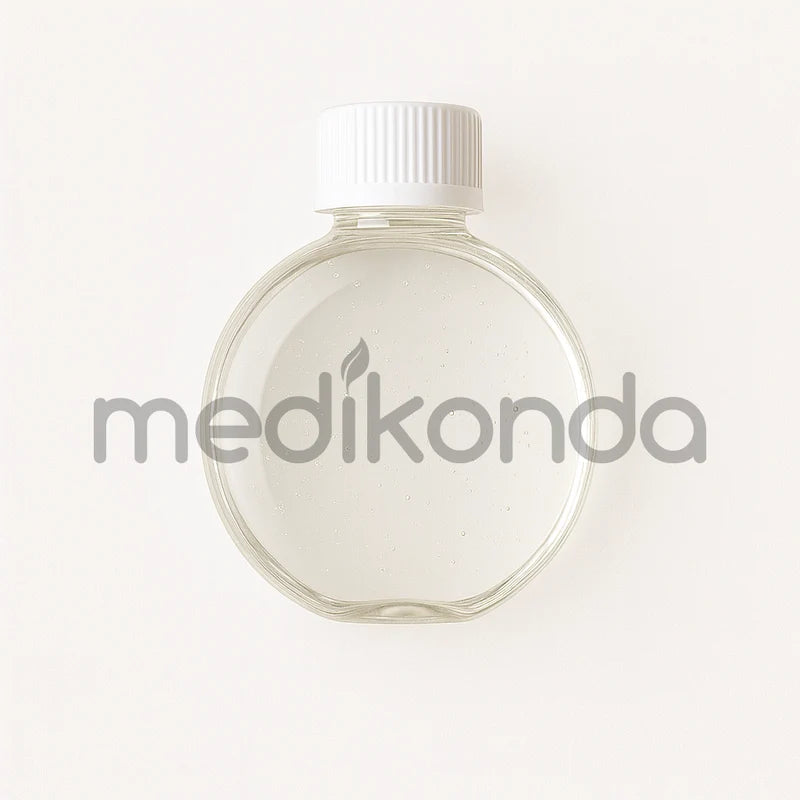Medikonda Nutrients
Polysorbate 80
Polysorbate 80
SKU:RA973
QC Documents - Download
QC Documents - Download
Product Description
Product Description
Wholesale Polysorbate 80 Suppliers in USA
|
Common Name: |
Polysorbate 80 |
|
Form: |
Liquid |
|
Color Appearance: |
Amber Color * (due to the nature of natural ingredients, color may slightly vary) |
|
Country of Origin: |
India |
|
Product Applications: |
Cosmetics |
Medikonda Nutrients is the Largest Manufacturer, Wholesale Supplier, Bulk Distributor, and Exporter of Polysorbate 80 in the USA.
Polysorbate 80: Overview
Polysorbate 80 is a nonionic surfactant and emulsifier widely used in various industries, including cosmetics, pharmaceuticals, and food. It belongs to the polysorbate family, which are esters of sorbitol and fatty acids derived from vegetable oils.
Polysorbate 80 serves multiple functions in formulations. As an emulsifier, it helps to stabilize oil-in-water emulsions by allowing oil and water-based ingredients to mix uniformly. This property makes it valuable in products such as creams, lotions, and vaccines where it assists in maintaining a consistent texture and appearance.
Additionally, polysorbate 80 functions as a solubilizer, aiding in the dispersion of oil-based ingredients in aqueous solutions. This makes it useful in formulations such as oral medications, where it helps to ensure uniform distribution and absorption of active ingredients.
Furthermore, polysorbate 80 can act as a dispersing agent, facilitating the even distribution of other ingredients throughout a formulation. This contributes to product consistency and uniformity.
Polysorbate 80 is generally considered safe for topical, oral, and injectable use when used as directed. However, individuals with hypersensitive skin or allergies should exercise caution, as it can occasionally cause mild irritation or allergic reactions in some individuals. Additionally, some concerns have been raised about its potential to contribute to inflammation or disrupt the skin barrier in certain circumstances, but further research is needed to fully understand these effects.


